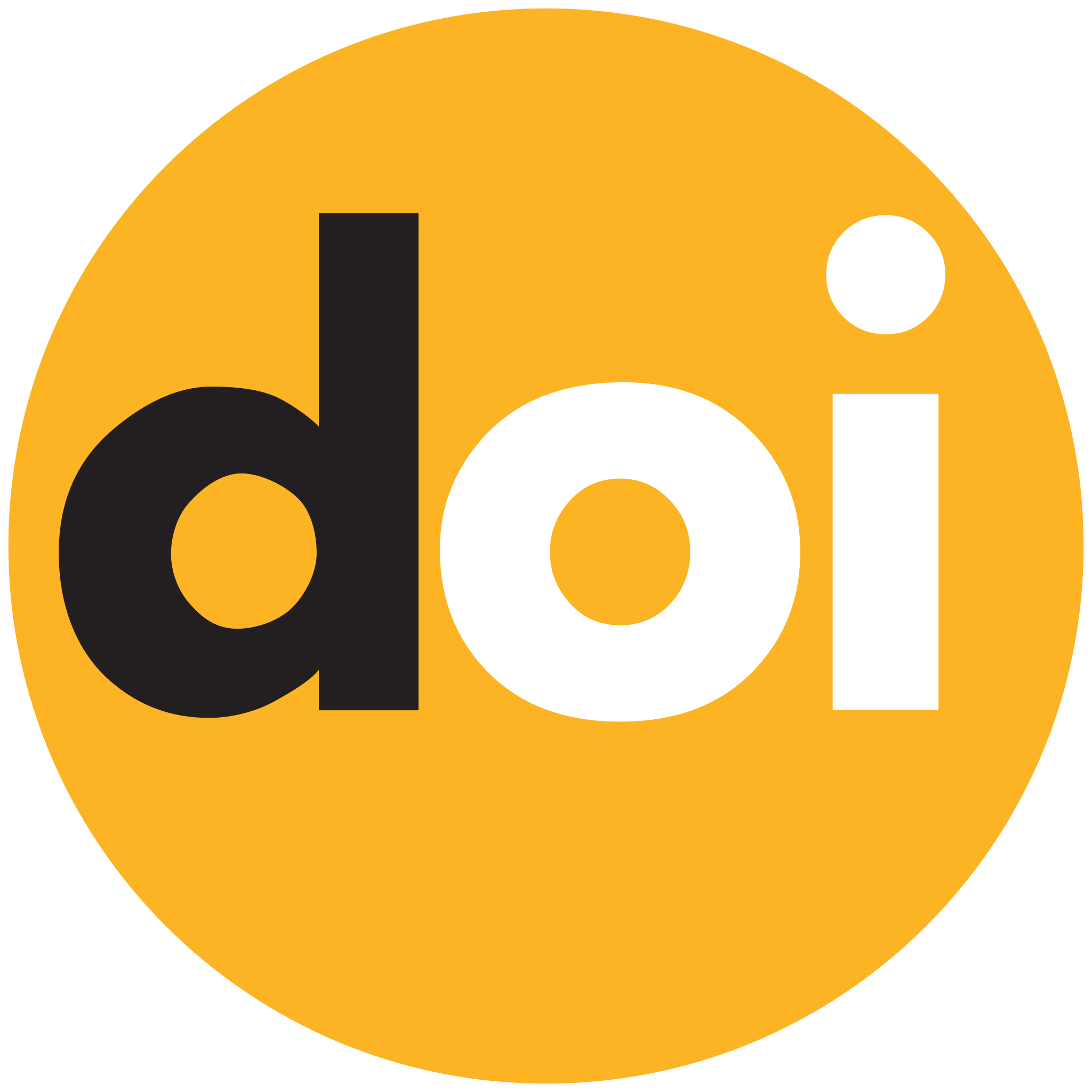Effects of Modified Constraint-Induced Movement Therapy with Trunk Restraint versus Bobath Approach on Motor Function and Activities of Daily Living in Hemiplegic Upper Extremity after Stroke
DOI:
https://doi.org/10.55735/psqp2t98Keywords:
Bobath approach , Modified constraint-induced , Motor function , StrokeAbstract
Background: Stroke has been known as the leading cause of disability globally, resulting in significant morbidity and mortality despite early interventions. Difficulties in the functions of the upper limbs are common after stroke. These impairments commonly comprise difficulty in moving and coordinating hands, arms, and fingers. This eventually results in difficulty in performing activities of daily living. Objective: To compare the effectiveness and the efficiency of modified constraint movement therapy combined with trunk restraint with the Bobath approach on the improvement of motor function and activities of daily living in hemiplegic upper extremity after stroke. Methodology: A randomised trial was conducted at the General Hospital and the University Physical Therapy and Rehabilitation Clinic. Diagnosed participants who had an episode of 1st stroke between 2 to 12 weeks of the sub-acute stage, both males and females aged between 40 to 70 years, with a mini-mental state exam of greater than or equal to 7, were recruited in our study. Those patients were excluded from the current study who had shoulder pain or neurological or orthopaedic conditions, patients with hemi-spatial neglect or apraxia, comorbidity, any disability, or psychosocial issues. One group was given the Bobath Approach, and the other was given the modified constraint-induced movement therapy with trunk restraint. Repeated measure ANOVA was employed to compare the motor function and activities of daily living at baseline, 4th, and 8th week follow-ups. Results: Between-group comparison of mean scores of the Motor Assessment Scale shows that the group receiving the constraint-induced movement therapy with restraint trunk showed more improvement in score at the 8th week when compared with the Bobath therapy. Conclusion: The results showed that modified constraint-induced therapy with trunk restraint yielded better outcomes compared to the Bobath concept in refining motor function of the hemiplegic upper extremity and activities of daily living.
Downloads
References
1. Thomas A, Ghorai P. Role of Bobath and Task Specific Approach to Improve Upper Limb Activity of Daily Living among the Individual with Chronic Stroke-A Review Study. International Journal of Science and Research 2023; 12(4). DOI:10.21275/SR23402120421
2. Pollock A, Farmer SE, Brady MC, et al. Interventions for improving upper limb function after stroke. Cochrane Database of Systematic Reviews 2014; (11). DOI: 10.1002/14651858.CD010820.pub2
3. Díaz-Arribas MJ, Martín-Casas P, Cano-de-la-Cuerda R, Plaza-Manzano G. Effectiveness of the Bobath concept in the treatment of stroke: a systematic review. Disability and Rehabilitation 2020; 42(12): 1636–49. DOI: 10.1080/09638288.2019.1590865
4. Mikolajewska E. Changes in Barthel Index outcomes as a result of poststroke rehabilitation using NDT-Bobath method. International Journal on Disability and Human Development 2013; 12(3): 363. DOI: 10.5569/1058-0-12-3
5. Firoozeh F, Dehkordi SN, Dadgoo M, Islam D, Habibi SA. The effects of task-oriented training combined with Bobath program and task-oriented training alone on upper-limb function in stroke patients. Functional Disability Journal 2019. DOI: 10.34171/fdj.2.11.
6. Feys H, De Weerdt W, Nuyens G, Van De Winckel A, Selz B, Kiekens C. Predicting motor recovery of the upper limb after stroke rehabilitation: value of a clinical examination. Physiotherapy Research International 2000; 5(1): 1–18. DOI: 10.1002/pri.136
7. Thielman GT, Dean CM, Gentile A. Rehabilitation of reaching after stroke: task-related training versus progressive resistive exercise. Archives of Physical Medicine and Rehabilitation 2004; 85(10): 1613–8. DOI: 10.1016/j.apmr.2004.02.001
8. Levin MF, Piscitelli D. Motor control: a conceptual framework for rehabilitation. Motor Control 2022; 26(4): 497–517. DOI: 10.1123/mc 2021-0059
9. Lee TD, Schmidt RA. Motor Learning and Performance: From Principles to Application: Human Kinetics; 2025. Digital Download ISBN: 9781492593157
10. Urton ML, Kohia M, Davis J, Neill MR. Systematic literature review of treatment interventions for upper extremity hemiparesis following stroke. Occupational Therapy International 2007; 14(1): 11–27. DOI: 10.1002/oti.. 289
11. Choi H, Kim HJ. The Effect of Constraint-Induced Movement Therapy on Arm Function and Activities of Daily Living in Post-stroke Patients: A Systematic Review and Meta-Analysis. Brain & NeuroRehabilitation 2024; 17(3): e19. DOI: 10.18372/brain 1499
12. Gao Q, Zhang Y, Long J, Pan M, Wang J, Yang F. Effect of different constraint-induced movement therapy protocols on recovery of stroke survivors with upper extremity dysfunction: a systematic review and network meta-analysis. International Journal of Rehabilitation Research 2023; 46(2): 133–50. DOI: 10.1097/MRR.0000000000000561
13. Abdullahi A. Effects of constraint induced movement therapy on outcomes after stroke: University of Antwerp; 2021. DOI: 10.1097/MRR.0000000000000446
14. Choi H, Park D, Rha D-W, Nam HS, Jo YJ, Kim DY. Kinematic analysis of movement patterns during a reach-and-grasp task in stroke patients. Frontiers in Neurology 2023; 14: 1225425. DOI: 10.3389/fneur 2023.1225425
15. Michaelsen SM, Dannenbaum R, Levin MF. Task-specific training with trunk restraint on arm recovery in stroke: randomized control trial. Stroke 2006; 37(1): 186–92. DOI: 10.1161/01.STR.0000199427.13579.7f
16. Zhang Q, Chen D, Shen Y, Bian M, Wang P, Li J. Incidence and prevalence of poststroke shoulder pain among different regions of the world: a systematic review and meta-analysis. Frontiers in Neurology 2021; 12: 724281. DOI: 10.3389/fneur 2021.724281
17. Ratnasabapathy Y, Broad J, Baskett J, Pledger M, Marshall J, Bonita R. Shoulder pain in people with a stroke: a population-based study. Clinical Rehabilitation 2003; 17(3): 304–11. DOI: 10.1191/0269215503cr627oa
18. Şenocak E, Korkut E, Aktürk A, Ozer AY. Is the robotic rehabilitation that is added to intensive body rehabilitation effective for maximization of upper extremity motor recovery following a stroke? A randomized controlled study. Neurological Sciences 2023; 44(8): 2835–43. DOI: 10.1007/s10072-023-06736-9
19. Woodbury ML, Howland DR, McGuirk TE, et al. Effects of trunk restraint combined with intensive task practice on poststroke upper extremity reach and function: a pilot study. Neurorehabilitation and Neural Repair 2009; 23(1): 78–91. DOI: 10.1177/1545968308326428
20. Kaneko T, Maeda M, Yokoyama H, et al. Therapeutic effect of adjuvant therapy added to constraint-induced movement therapy in patients with subacute to chronic stroke: a systematic review and meta-analysis. Disability and Rehabilitation 2024; 46(18): 4098–112. DOI: 10.1080/09638288.2023.2292498
21. Olczak A, Truszczyńska-Baszak A. Influence of the passive stabilization of the trunk and upper limb on selected parameters of the hand motor coordination, grip strength and muscle tension, in post-stroke patients. Journal of Clinical Medicine 2021; 10(11): 2402. DOI: 10.3390/jcm10112402
22. Conradsen I, Henriksen M, Rytter HM. Predictive Validity of Motor Assessment Scale on Poststroke Discharge Destination. Rehabilitation Research and Practice 2024; 2024(1): 2914252. DOI: 10.1155/2024/2914252
23. Ocagli H, Cella N, Stivanello L, Degan M, Canova C. The Barthel index as an indicator of hospital outcomes: A retrospective cross‐sectional study with healthcare data from older people. Journal of Advanced Nursing 2021; 77(4): 1751–61. DOI: 10.1111/jan.14698
24. Wang D, Xiang J, He Y, et al. The mechanism and clinical application of constraint-induced movement therapy in stroke rehabilitation. Frontiers in Behavioral Neuroscience 2022; 16: 828599. DOI: 10.3389/fnbeh.2022.828599
25. Hao L, Chen J, Yang Y, et al. Effects of different trunk-restraint squatting postures on human lower limb kinematics and dynamics. Journal of Medical Biomechanics 2024: 118–24.
26. Marques S, Vaughan-Graham J, Costa R, Figueiredo D. The Bobath concept (NDT) in adult neurorehabilitation: A scoping review of conceptual literature. Disability and Rehabilitation 2025; 47(6): 1379–90. DOI: 10.1080/09638288.2024.2375054
27. De Peuter S, Conix S. The modified lottery: Formalizing the intrinsic randomness of research funding. Accountability in Research 2022; 29(5): 324–45. DOI: 10.1080/08989621.2021.1927727
28. Zheng Y, Tang S, Teng G, et al. Online pseudo label generation by hierarchical cluster dynamics for adaptive person re-identification. Proceedings of the IEEE/CVF international conference on computer vision; 2021; 2021. p. 8371–81. DOI: 10.1109/ICCV48922.2021.00826
29. Clark L, Dean A, Mitchell A, Torgerson DJ. Envelope use and reporting in randomised controlled trials: a guide for researchers. Research Methods in Medicine & Health Sciences 2021; 2(1): 2–11. DOI: 10.1177/26320843209572
30. Pathak A, Gyanpuri V, Dev P, Dhiman NR. The Bobath Concept (NDT) as rehabilitation in stroke patients: A systematic review. Journal of Family Medicine and Primary Care 2021; 10(11): 3983–90. DOI: 10.4103/jfmpc.jfmpc_528_21
31. Abdul‐Rahman RS, Radwan NL, El‐Nassag BA, Amin WM, Ali MS. Modified‐constraint movement induced therapy versus neuro‐developmental therapy on reaching capacity in children with hemiplegic cerebral palsy. Physiotherapy Research International 2024; 29(1): e2069. DOI: 10.1002/pri.2069
32. Huseyinsinoglu BE, Ozdincler AR, Krespi Y. Bobath Concept versus constraint-induced movement therapy to improve arm functional recovery in stroke patients: a randomized controlled trial. Clinical Rehabilitation 2012; 26(8): 705–15. DOI: 10.1177/0269215511431291

Downloads
Published
License
Copyright (c) 2025 The Healer Journal of Physiotherapy and Rehabilitation Sciences

This work is licensed under a Creative Commons Attribution 4.0 International License.














